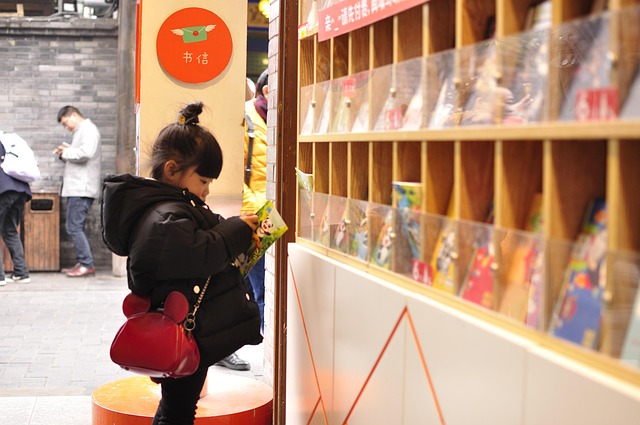In an era where the boundaries between physical and digital worlds are increasingly blurred, the role of sensors in robotics and AI has grown from simple data collection to the orchestration of intelligent behavior. Among the myriad sensing modalities, reference sensing stands out as a powerful enabler for precise, adaptive, and context-aware automation. By anchoring robotic actions to a dynamic, external or internal benchmark, reference sensing provides a robust foundation for decision-making that adapts to changing environments, fluctuating loads, and evolving operational objectives.
What Is Reference Sensing?
Reference sensing is the practice of measuring a physical or virtual parameter against a predefined baseline or reference point. Unlike absolute sensors that provide raw readings of a phenomenon, reference sensors translate deviations from a known state into actionable information. In robotics, this might involve comparing a joint’s position to a target coordinate, monitoring temperature relative to an optimal operating range, or evaluating force against a calibrated threshold.
- Relative displacement measurement in robotic arms
- Temperature monitoring in industrial ovens
- Force sensing in collaborative human‑robot workspaces
Technological Foundations
The effectiveness of reference sensing hinges on three core components: the sensing element, the reference source, and the processing unit that reconciles the two. Modern sensors such as capacitive proximity detectors, optical encoders, and piezoelectric force transducers provide high‑resolution data. The reference source can be a static fixture, a programmable virtual target, or a continuously updated model derived from machine learning.
“The fidelity of a reference system is only as good as its weakest link.” — Industry Analyst
Reference Sensing in Robotic Perception
Perception systems benefit from reference sensing by reducing noise and increasing reliability. Vision‑based robots, for instance, compare pixel intensity against a calibrated reference to detect anomalies or changes in lighting. Tactile sensors on robotic grippers compare measured pressure to expected values, ensuring delicate handling of fragile items.
- Calibration of visual cameras against a known checkerboard pattern.
- Dynamic force adjustment during pick‑and‑place tasks.
Enhancing Decision‑Making in AI
Reference sensing feeds directly into AI models, providing a context that improves both supervised learning and reinforcement learning outcomes. When an autonomous vehicle receives reference data on lane markers, it can adjust steering commands more accurately. In manufacturing, reference temperature curves inform predictive maintenance algorithms, reducing downtime.
- Real‑time corrective control loops.
- Model‑based anomaly detection.
Real‑World Business Applications
Across industries, reference sensing is a catalyst for efficiency and safety. In logistics, conveyor systems use reference speed sensors to synchronize loading and unloading, cutting handling times by up to 15%. Healthcare robots rely on reference pressure thresholds to perform minimally invasive surgeries with unprecedented precision. In agriculture, drone swarms maintain altitude relative to a reference terrain model, optimizing pesticide application.
“Reference sensing turns data into actionable insight.” — Executive in Automation Solutions
Case Study 1: Automotive Assembly Line
An automotive manufacturer integrated reference sensing into its robotic welders. By referencing the exact position of each car frame segment, the robots adjusted weld parameters on the fly, reducing defect rates from 2.3% to 0.7%. The system also logged reference deviations, enabling root‑cause analysis that decreased maintenance intervals.
Case Study 2: Smart Warehouse
A global e‑commerce player deployed robots equipped with reference distance sensors to navigate aisles. The robots referenced a global map that updated with each pallet movement, allowing them to avoid collisions in real time. The result was a 25% increase in throughput and a 12% reduction in energy consumption.
Challenges and Limitations
Despite its promise, reference sensing faces hurdles. Sensor drift over time can undermine the reliability of reference comparisons, necessitating frequent recalibration. In dynamic environments, establishing a stable reference becomes complex; mobile robots must build reference maps on the fly. Additionally, the computational overhead of constantly comparing sensor outputs to references can strain embedded processors.
- Calibration maintenance cycles.
- Reference drift compensation.
- Processing bottlenecks.
Future Outlook
The trajectory of reference sensing points toward tighter integration with edge computing, AI‑driven adaptive references, and multimodal sensor fusion. Emerging technologies such as quantum‑enhanced sensors promise centimeter‑to‑nanometer precision, while cloud‑based reference libraries allow robots to share and update benchmarks in real time. As standardization efforts mature, cross‑vendor interoperability will accelerate deployment across sectors.
- Edge‑AI for instantaneous reference recalibration.
- Cloud‑shared reference repositories.
- Hybrid analog‑digital reference sensors.
Conclusion
Reference sensing is more than a technical nuance; it is a strategic lever that transforms raw sensor data into context‑rich intelligence. By anchoring robotic actions to dynamic, calibrated references, businesses unlock higher precision, safer operations, and smarter decision‑making. As the sensor landscape evolves, organizations that adopt reference‑centric architectures will stand at the forefront of the next wave of automation, driving growth, resilience, and innovation across the globe.



